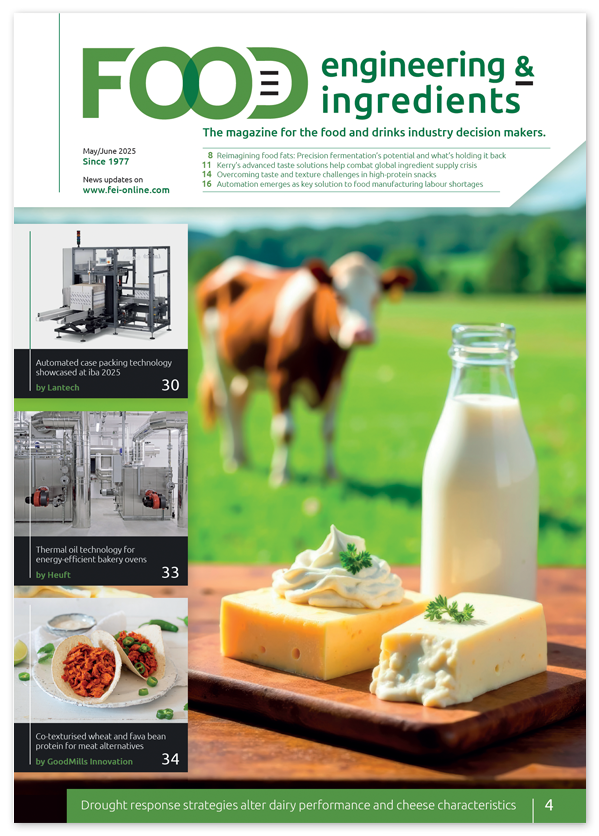Heres a food wrapper you can eat
Consider the cheese stick. It is not a beautiful food. Nor is it particularly healthy. Its about as prosaic as snack food gets.
Yet in the packaged version that ends up in so many kids lunch boxes, each cylinder of mozzarella or cheddar is individually wrapped, like a high-end truffle. And, every day, thousands of those little pieces of plastic wrap are thrown in the trash.
But maybe not for long.
Two researchers at the U.S. Department of Agriculture (USDA) have developed a film made from a milk protein that can be eaten with the cheese. Which means that it may not be too long before we have a wrapper we can eatone thats also healthy. Edible plastic exists, but its largely made of starch, not protein.
The benefit, says Peggy Tomasula, one of the lead researchers, is that it can be consumed with the food so it gets rid of one layer of packaging, like with individually-wrapped cheese sticks. It also gives you the opportunity to add vitamins or minerals or ways to block light damage to the food. And, you can add flavours. If you wanted to add a strawberry flavour to something, you can embed that in the film.
The key component in the innovative packaging is casein, a group of milk proteins with high nutritional value. Tomasula has been researching casein since 2000, and actually created a new version of the protein using carbon dioxide. She noticed that it wasnt very soluble in water, and that made her believe it might be used to make a film coating that could extend the shelf life of dairy foods.
Tomasula kept exploring the potential of this research and when another scientist, Laetitia Bonnaillie, joined the USDA team, Tomasula asked her to see if dry milk could be used to produce the film. That would also allow them to make use of surplus milk powder during times when dairy farms are producing too much milk. Bonnaillie also focused on refining the product by making it less sensitive to moisture and improving the process by which the film was made so it could be more uniform and commercial.
At the annual meeting of the American Chemical Society, they announced the results of their effortsedible, biodegradable packaging. The casein film could either come in sheetsnot unlike plastic wrapor be sprayed on as a coating. And, its been found to be significantly more effective at blocking oxygen than ordinary plastic wrap, so it can protect food from spoiling for a much longer period of time.
There would be some limitations, at least initially. This would mostly be for dairy products or foods that would likely be used with dairy, like cereal, says Tomasula. We wouldnt put this on fruits and vegetables in a market. You couldnt do that because of milk allergies. There would have to be labelling to let people know its milk protein.
Smithsonian Maghttp://tinyurl.com/kzumxky

